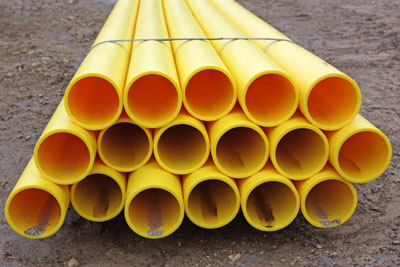Gas Pipeline Permeation Analysis
High pressure pipelines are used for transporting oil and gas. It is important to test the permeation of the materials used to manufacture the pipelines for a number of reasons. Firstly it is essential to test what levels compounds from the oil or gas to be transported through the pipeline permeate through the material. This helps to ensure that potential product loss and that ground contamination is kept to a minimum. It is also possible to monitor the degredation of the pipe material overtime to help ensure life expectancy of the material.
Ellutia have developed a customised version of the 200 Series Gas Chromatograph (GC) fitted with ;
- A Catalytic Converter (CC)/ Flame Ionisation Detector (FID) and a Flame Photometric Detector (FPD)
- An automatic 6 position Gas Sampling Valve, installed in the GC Column Oven.
- An automatic 8 position Stream Selection Valve (only 4 positions currently used)
- 4 Mass Flow Controller units (MFC) for controlling of sample gas flow (air) to customers membrane cell.
The flow of "sample air" to each cell is controlled by a mass flow controller and passes over the membrane to take up any of the sample gas being tested. Each cell under test is continuously purged with air and flows to the Stream Selection Valve and hence to the Gas Sampling Valve and flushes the sample loop. At the start of the analysis, the sample in the loop is injected on to the GC and the sample gas analysed. Sulfinert tubing and/or Hastelloy C material is used wherever the sample is in contact to minimise sample adsorption
bio-equip.cn




